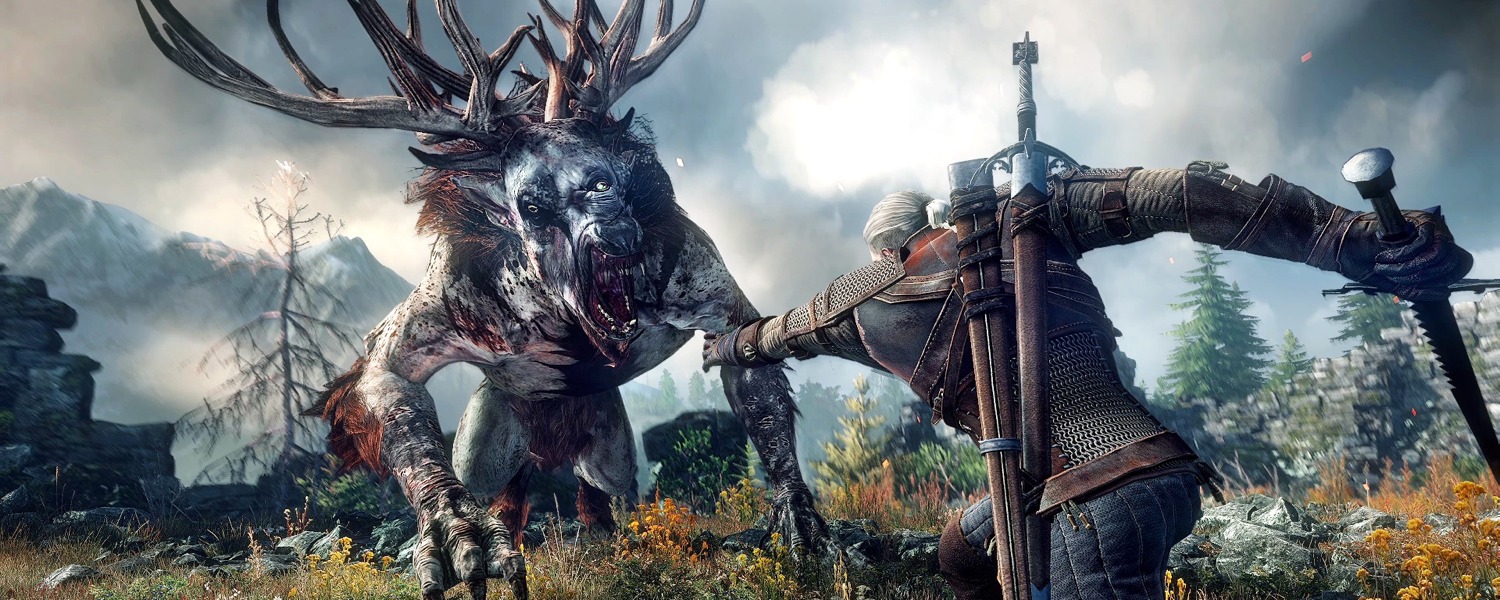The Witcher 3 is the New Crysis
By now it's clear why The Witcher 3: Wild Hunt doesn't look nearly as good as the 2013's trailer: even in its current uber beautiful form, the game is simply too demanding for today's hardware.
To play on ultra settings at 1080p you'll need a R9 290 just to average 36fps and your minimum will be as low as 18fps. Meanwhile, the GTX 770 was good for an average of just 30fps and would dip to 16fps on occasion. The game looks impressive with maxed out settings, though we are not sure it's impressive enough to warrant such low frame rates when playing at 1080p on high-end GPUs.
Nvidia's HairWorks plays an important role in making The Witcher 3 stand out visually, but it's that same feature that spoils performance to a halt. When enabled, hair quality is impressive, but expect a 20% drop in average frame rates and a shocking 60% reduction in minimum fps.
The game's minimum frame rate was 156% higher on the GTX 780 with HairWorks disabled. In comparison, the GTX 780's minimum frame rate was just 64% greater with TressFX disabled in Tomb Raider.
We'd love to see The Witcher 3 using AMD's TressFX and chances are Nvidia's own hardware would run faster, especially Kepler-based cards. Moreover, had CD Projekt Red left HairWorks out of the game, there's a good chance we would have ended up with a game that looks more like the one we saw in 2013's trailer, minus the lifelike hair of course.
For those wondering, playing on ultra quality on PC, The Witcher 3 looks better than on the PlayStation 4 and Xbox One, but not worlds better. The PS4 runs at 1080p but is locked at 30fps and even then players are reporting noticeable slowdowns. Based on what we've seen, we estimate that the visual quality on the PS4 is comparable to the PC with medium graphics and high quality post-processing.
It seems many folks believe 30fps is fine for a role-playing game and for the most part that is true, but The Witcher 3 has very low minimum frame rates, especially when playing on ultra quality. The GTX 970, for example, would dip down to just 21fps despite an average of 43fps.
Fortunately, CPU performance doesn't seem to be an issue and AMD FX owners don't have anything to worry about here.
Although we haven't fully tested SLI performance yet, we can confirm that scaling is exceptionally good. In fact, The Witcher 3: Wild Hunt could be used as the perfect SLI marketing tool. Without it, gamers packing something as powerful as the GTX 980 won't sustain 60fps at 1080p, while two cards yield well over 100fps. Multi-GPU technology is required for 4K gaming, where not even the GTX Titan X will suffice.
Update on Patch 1.03
Hours before going live with our performance review, CDPR released patch 1.03 with many improvements related to graphics settings and performance. Here's some of them:
- Improves stability in gameplay and the UI.
- Improves performance especially in cutscenes and gameplay
- Fixes grass and foiliage popping that can occur after density parameters change
- Improves Nvidia Hairworks performance
- Boosted texture anisotropy sampling to 16x on ultra preset
- Sharpen Postprocess settings extended from Off/On to Off/Normal/High
After some preliminary testing, we've observed mild performance improvements in the order of 5% to 15% which will help to run the game at smoother frame rates. The change is not dramatic, but for such a demanding title, every bit counts. We plan to keep testing to make sure we are not missing anything, though based on the graphs below we are confident our tests remain valid for all GPUs and their relative positions against competitors.



